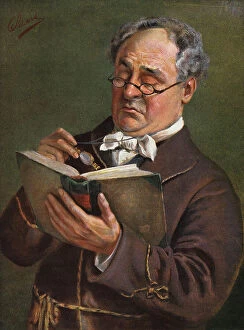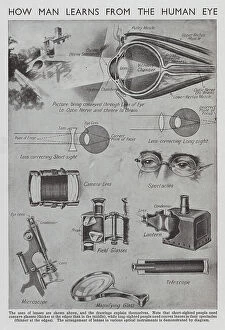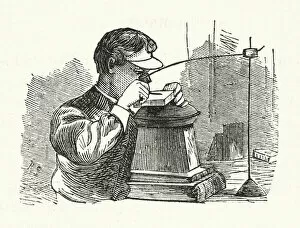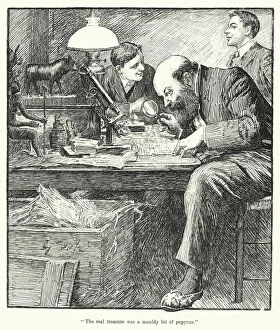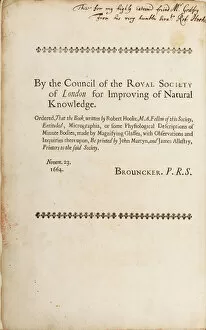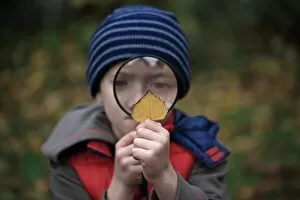Magnifying Glasses Collection
Discover the intriguing world of magnification through the lens of history
For sale as Licensed Images
Choose your image, Select your licence and Download the media
Discover the intriguing world of magnification through the lens of history. From the first known optical viewer, The Optical Viewer, created in 1793, to the amusement of a 17th century Englishman laughing at an engraving of a monkey with a wooden magnifying glass, these tools have captivated our curiosity. The power of magnification is showcased in an 1803 engraving, where text beneath the glass reveals the true treasure to be a mouldy bit of papyrus. Fast forward to the 19th century, where Micrographia: or Some Physiological Descriptions of Minute Bodies, signed by its author Robert Hooke, is displayed at the Exhibition of the Photographic Society at the South Kensington Museum. A boy in Norfolk, England, in November, intently studies a leaf through his magnifying glass, while an ant researcher examines the tiny details of their subject in a conceptual artwork. Even a tilt compass from the same century, with its magnified scale, demonstrates the importance of magnification in various fields. Join us as we delve deeper into the world and uncover the hidden wonders that lie within.

